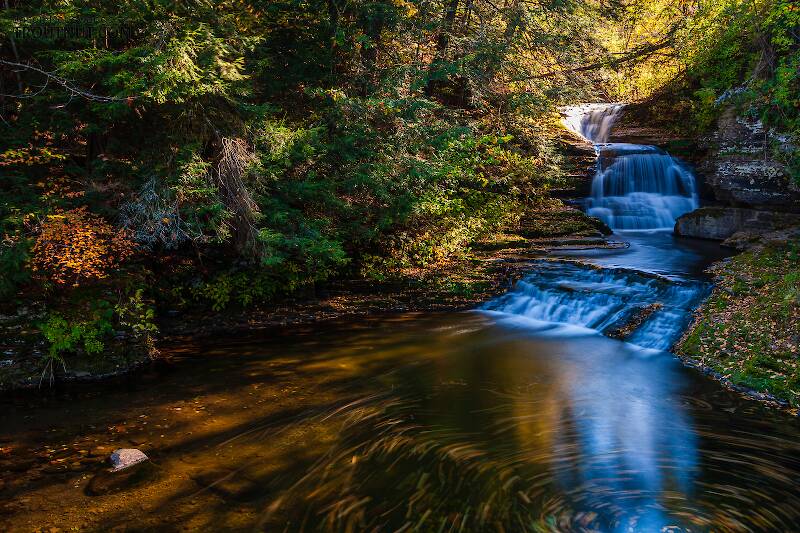
Blue-winged Olives
Baetis
Tiny Baetis mayflies are perhaps the most commonly encountered and imitated by anglers on all American trout streams due to their great abundance, widespread distribution, and trout-friendly emergence habits.
Featured on the forum

This one seems to tentatively key to Holocentropus, although I can't make out the anal spines in Couplet 7 of the Key to Genera of Polycentropodidae Larvae nor the dark bands in Couplet 4 of the Key to Genera of Polycentropodidae Larvae, making me wonder if I went wrong somewhere in keying it out. I don't see where that could have happened, though. It might also be that it's a very immature larva and doesn't possess all the identifying characteristics in the key yet. If Holocentropus is correct, then Holocentropus flavus and Holocentropus interruptus are the two likely possibilities based on range, but I was not able to find a description of their larvae.

Troutnut is a project started in 2003 by salmonid ecologist Jason "Troutnut" Neuswanger to help anglers and
fly tyers unabashedly embrace the entomological side of the sport. Learn more about Troutnut or
support the project for an enhanced experience here.
Caddisfly Species Rhyacophila lobifera (Green Sedges)
Where & when
This species is reportedly most common in Pennsylvania and New York.In 29 records from GBIF, adults of this species have mostly been collected during April (45%), May (31%), March (10%), and June (7%).
In 25 records from GBIF, this species has been collected at elevations ranging from 374 to 4183 ft, with an average (median) of 2805 ft.
Species Range
Egg-Laying behavior
Gary LaFontaine reports in Caddisflies that adults of this species may gather in tight balls and float along on the surface. I have observed this peculiar behavior in other caddisfly species, and I assume it has something to do with mating.Start a Discussion of Rhyacophila lobifera
References
- LaFontaine, Gary. 1981. Caddisflies. The Lyons Press.
Caddisfly Species Rhyacophila lobifera (Green Sedges)
Species Range
Common Names
Resources
- NatureServe
- Integrated Taxonomic Information System
- Global Biodiversity Information Facility
- Described by Betten (1934)

